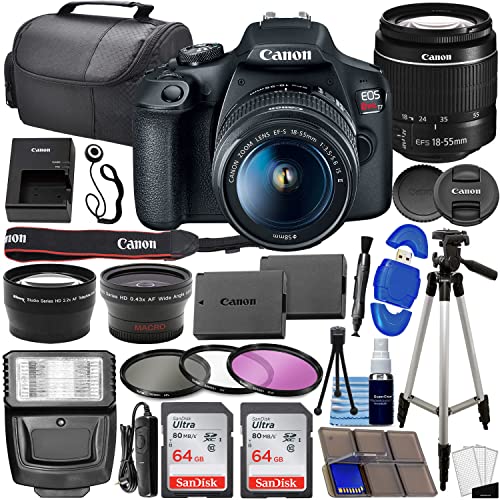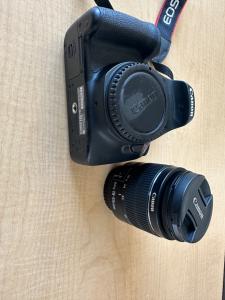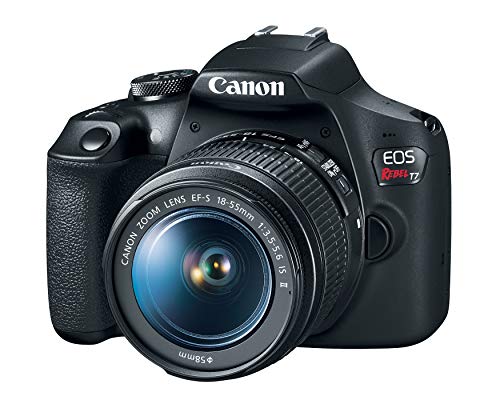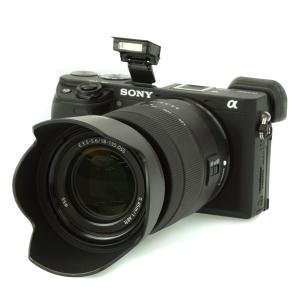Whether you're brand new to photography or just upgrading from a smartphone camera, understanding and mastering your DSLR camera's settings is crucial to taking your photos to the next level. With a few simple adjustments, you can go from amateur snapshots to professional-looking images in no time.
One of the first settings you'll want to familiarize yourself with is the aperture. Aperture refers to the size of the opening in the lens through which light passes. A smaller aperture, indicated by a higher f-stop number (e.g. f/16), will result in a larger depth of field, keeping everything in focus from the foreground to the background. On the other hand, a larger aperture (lower f-stop number, e.g. f/2.8) will create a shallow depth of field, perfect for portraits with dreamy, blurred backgrounds.
Another important setting to understand is shutter speed. Shutter speed controls the amount of time the shutter remains open to let light in. A faster shutter speed, such as 1/1000th of a second, is ideal for capturing fast-moving subjects without any motion blur. Conversely, a slower shutter speed, like 1/30th of a second, can create beautiful long exposures, capturing the motion of flowing water or streaking car lights.
Lastly, don't forget about ISO, which measures the camera sensor's sensitivity to light. A lower ISO (e.g. 100) is best for bright, well-lit environments, while a higher ISO (e.g. 1600) is necessary for shooting in dim lighting conditions. Be mindful of the trade-offs between higher ISO and increased noise in your images, and adjust accordingly based on the available light in your shooting environment.
Capturing the Perfect Shot
First and foremost, make sure you have a solid understanding of your camera's settings. Take the time to familiarize yourself with the different shooting modes, such as aperture priority, shutter priority, and manual mode. Experiment with each setting to see how it affects the overall look of your photos.
Another important aspect of capturing the perfect shot is paying attention to lighting. Natural light is always the best option for photography, so try to shoot during the golden hours of sunrise and sunset. If you're shooting indoors, make use of soft, diffused lighting to avoid harsh shadows and blown-out highlights.
Lastly, don't forget about composition. The rule of thirds is a great starting point for beginners, but don't be afraid to get creative with your framing and angles. Play around with different perspectives and viewpoints to add interest and depth to your photos. Remember, practice makes perfect, so get out there and start shooting!
Mastering Manual Mode
When you switch to manual mode, you have full control over settings such as aperture, shutter speed, and ISO. This allows you to be more creative and get the exact shot you're looking for. It can take some time to get used to adjusting these settings on the fly, but with practice, you'll become more comfortable and confident in your ability to capture stunning images.
To start mastering manual mode, begin by understanding the exposure triangle. Aperture controls how much light comes through the lens, shutter speed determines how long the sensor is exposed to light, and ISO affects the camera's sensitivity to light. By finding the right balance between these three settings, you can achieve the perfect exposure for your photos.
Experiment with different combinations of aperture, shutter speed, and ISO to see how they affect your images. Don't be afraid to make mistakes – that's how you'll learn and improve. And most importantly, practice, practice, practice! The more you use manual mode, the more intuitive it will become, and before you know it, you'll be capturing professional-quality photos with ease.
Editing Your Photos Like a Pro
Editing your photos is an essential step in creating professional-looking images with your DSLR camera. While taking great shots is important, post-processing can take your photos to the next level. Here are some tips on how to edit your photos like a pro.
First, make sure you have the right software for editing. Programs like Adobe Lightroom and Photoshop are popular choices among photographers for their professional editing tools and features. These programs allow you to adjust brightness, contrast, color balance, and more to enhance your photos.
Next, familiarize yourself with the basic editing techniques such as cropping, straightening, and adjusting exposure. Cropping can help you improve composition, while straightening can fix tilted horizons. Adjusting exposure can help you correct underexposed or overexposed areas in your photo.
Experiment with different effects and filters to give your photos a unique look. Play around with black and white conversions, vintage filters, or color adjustments to create a style that suits your aesthetic. Don't be afraid to get creative and experiment with different editing techniques to see what works best for your photos.




